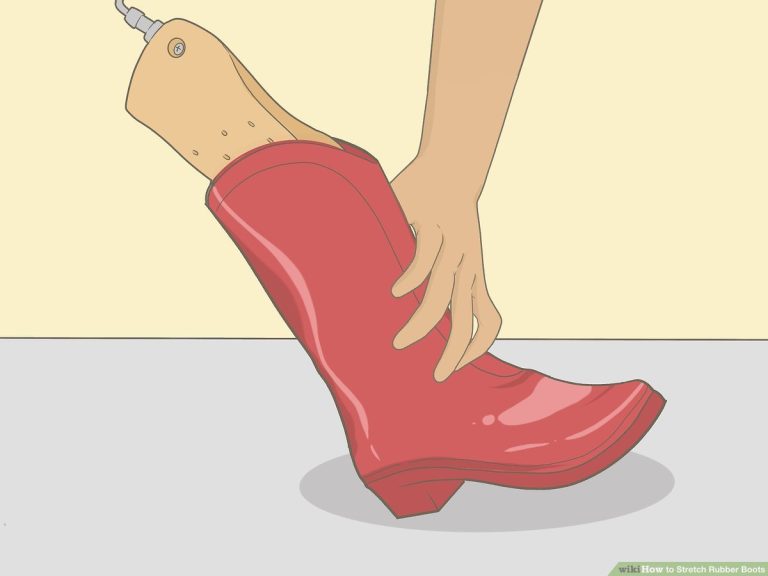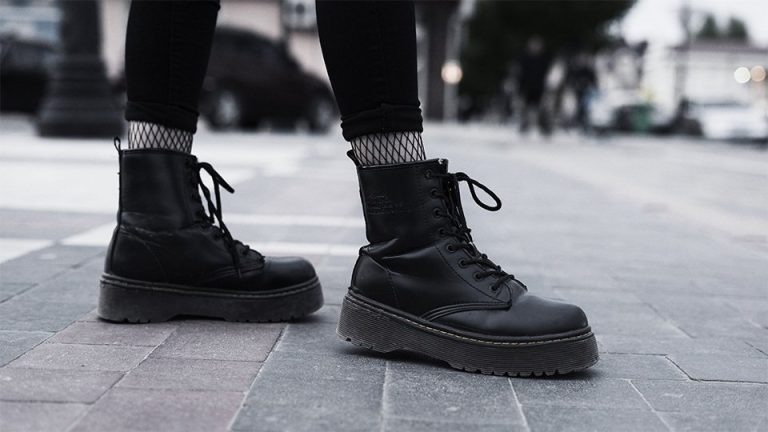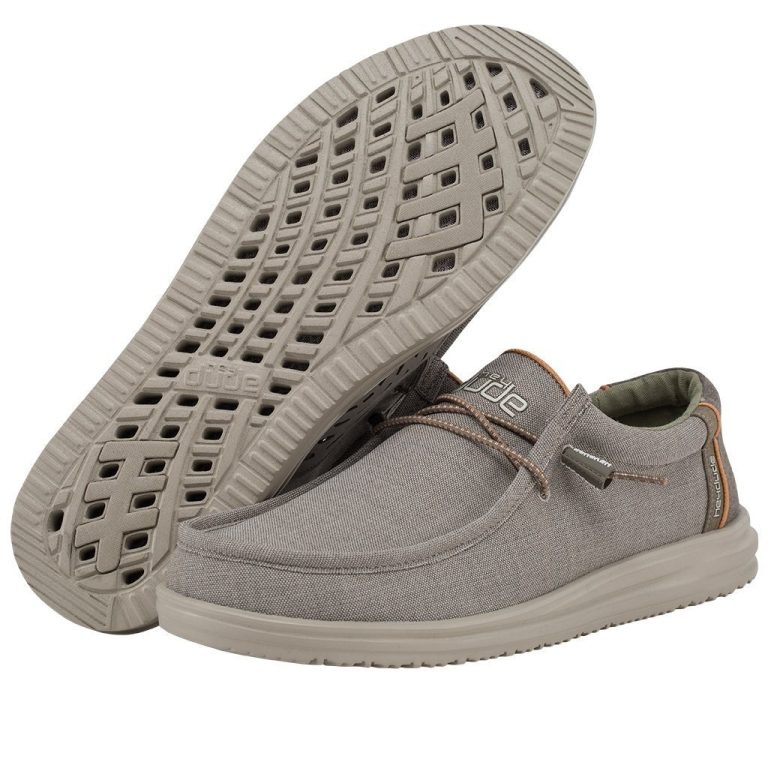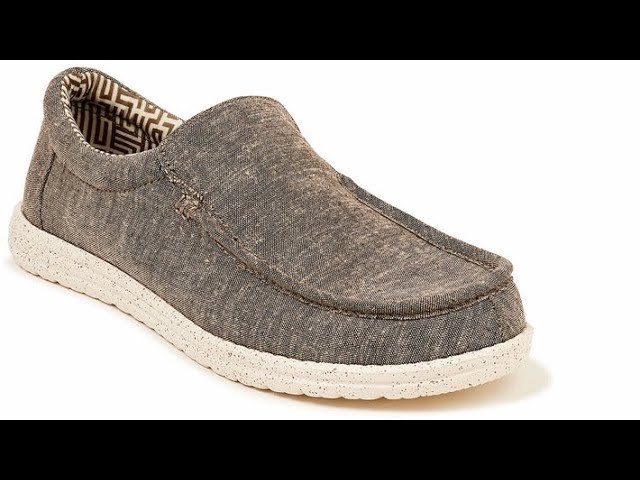Are duck boots good for snow? The short answer is yes! When it comes to combating the harsh winter conditions, duck boots have proven themselves to be a reliable footwear option. With their waterproof rubber soles and sturdy leather uppers, they offer a great combination of durability and protection. Whether you’re trudging through slushy sidewalks or braving icy patches, duck boots can keep your feet warm and dry. But let’s dive deeper into why duck boots are a worthy choice for snowy adventures.
Are Duck Boots Good for Snow?
Duck boots, also known as bean boots or snow boots, have gained popularity in recent years due to their practicality and versatility. These boots are designed to withstand wet and snowy conditions, making them a popular choice for those living in cold climates. But are duck boots really good for snow? In this article, we will explore the features of duck boots and discuss their effectiveness in snowy conditions.
What are Duck Boots?
Duck boots were originally created by L.L.Bean in the early 20th century to provide reliable footwear for outdoor enthusiasts. The distinctive feature of duck boots is the combination of rubber soles and leather uppers. The rubber sole provides excellent traction, while the leather upper offers durability and water resistance. This unique combination makes duck boots a popular choice for winter activities.
The Benefits of Duck Boots for Snow
Duck boots offer several advantages when it comes to snowy conditions. Here are some reasons why duck boots are considered good for snow:
Waterproof Design
One of the primary reasons why duck boots are well-suited for snow is their waterproof design. The rubber lower portion of the boot prevents snow from seeping in, keeping your feet dry and warm. Whether you are walking through slushy sidewalks or trudging through deep snow, duck boots provide reliable protection against moisture.
Insulation
Another key feature of duck boots is their insulation. Many duck boots feature a lining made of materials such as Thinsulate or shearling, which help to keep your feet warm in cold temperatures. This insulation is particularly important when walking in snow, as it helps to prevent heat loss and maintain comfort.
Excellent Traction
The rubber soles of duck boots offer excellent traction on slippery surfaces. The patterned tread provides grip and stability, reducing the risk of slips and falls. This feature is especially important when navigating icy sidewalks or hiking through snowy trails.
Versatility
Duck boots are designed to be versatile and suitable for various winter activities. They can be worn for casual walks, outdoor adventures, or even during snowy commutes. Their rugged construction and reliable performance make them a go-to choice for those who want a single pair of boots that can handle different winter conditions.
How to Choose the Right Duck Boots for Snow
When selecting duck boots for snowy conditions, there are a few factors to consider:
Insulation Level
The insulation level of duck boots can vary, so it’s important to choose boots that suit your needs. If you live in an extremely cold climate, opt for boots with higher insulation ratings to ensure maximum warmth.
Height
Duck boots come in different heights, ranging from ankle-length to knee-high. Consider the depth of snow in your area and choose a height that provides adequate protection. Higher boots are typically better for deeper snow, as they offer more coverage.
Traction Design
Pay attention to the tread pattern on the rubber sole of the duck boots. Look for deep lugs or a multidirectional pattern that provides enhanced traction on slippery surfaces.
Fit and Comfort
As with any footwear, it’s essential to choose duck boots that fit well and offer comfort. Consider factors such as arch support, cushioning, and room for thicker socks if necessary.
Tips for Wearing Duck Boots in Snow
To make the most of your duck boots in snowy conditions, here are a few helpful tips:
Layer Your Socks
Layering your socks can provide additional insulation and warmth. Start with a moisture-wicking base layer and add a thicker wool or thermal sock on top.
Use Waterproofing Treatment
While duck boots are already designed to be waterproof, applying a waterproofing treatment can provide an extra layer of protection. Follow the manufacturer’s instructions to keep your boots in top condition.
Beware of Ice
Although duck boots offer good traction, it’s important to exercise caution on ice. Slow down your pace and take smaller steps to reduce the risk of slipping.
Maintain Your Boots
Regularly clean and condition your duck boots to ensure their longevity. Remove any salt or debris from the rubber soles and apply leather conditioner to keep the uppers supple and water-resistant.
Duck boots are indeed a good choice for snowy conditions. Their waterproof design, insulation, excellent traction, and versatility make them reliable footwear for winter activities. By choosing the right pair of duck boots and following some useful tips, you can confidently tackle the snow while keeping your feet warm and dry. Embrace the winter season with a pair of trusty duck boots!
Are Duck Boots Good for Snow?
Frequently Asked Questions
Are duck boots good for snow?
Yes, duck boots are generally considered to be good for snow. Their design, which includes a rubber lower portion and a leather or fabric upper portion, provides excellent protection against wet and snowy conditions. The rubber lower part is waterproof and helps keep your feet dry, while the upper portion offers warmth and insulation. The sole of duck boots also often includes good traction, which helps prevent slipping on icy surfaces. Many duck boots are also designed to be lightweight and flexible, making them comfortable to wear for extended periods in snowy conditions.
Can I wear duck boots in deep snow?
Duck boots are suitable for wearing in light to moderate snow, but they may not be the best choice for deep snow. While they can provide some insulation and protection against moisture, they may not offer the same level of warmth and waterproofing as dedicated snow boots. If you need to navigate through deep or heavy snow, it is recommended to use boots specifically designed for winter or snow activities, which typically have higher shafts, thicker insulation, and enhanced water resistance.
Do duck boots provide good traction on icy surfaces?
Yes, one of the advantages of duck boots is their often excellent traction on icy surfaces. The rubber soles of duck boots typically have a tread pattern that helps provide grip and prevent slipping on ice. However, it is important to note that no boot can guarantee complete traction on extremely icy surfaces. It is always wise to exercise caution and consider additional traction devices, such as ice cleats or crampons, when walking on very icy terrain.
Are duck boots warm enough for winter?
Duck boots can offer suitable warmth for most winter conditions, particularly in milder climates or during light snowfall. The combination of the insulated upper and the ability to layer thick socks can provide adequate warmth. However, in extremely cold temperatures or prolonged exposure to frigid conditions, additional insulation may be necessary. It is also important to consider personal cold tolerance and activity level when determining if duck boots will provide sufficient warmth.
Can I wear duck boots for activities like hiking in the snow?
Duck boots are not specifically designed for hiking or intense outdoor activities in the snow. While they can provide basic protection and insulation, they may lack some features necessary for more demanding activities. For activities like hiking in snow, it is recommended to use boots specifically designed for such purposes, which often offer better ankle support, more advanced traction, and increased waterproofing.
Final Thoughts
Duck boots are a reliable choice for snowy conditions. With their waterproof rubber soles and insulated uppers, they provide excellent protection against the cold and wet. These boots are designed with a sturdy tread pattern, offering good traction on slippery surfaces, including ice and snow. Their durable construction and reliable performance make them suitable for various winter activities such as hiking, walking, and even shoveling snow. Overall, when it comes to tackling snowy weather, duck boots prove to be a practical and dependable choice.






